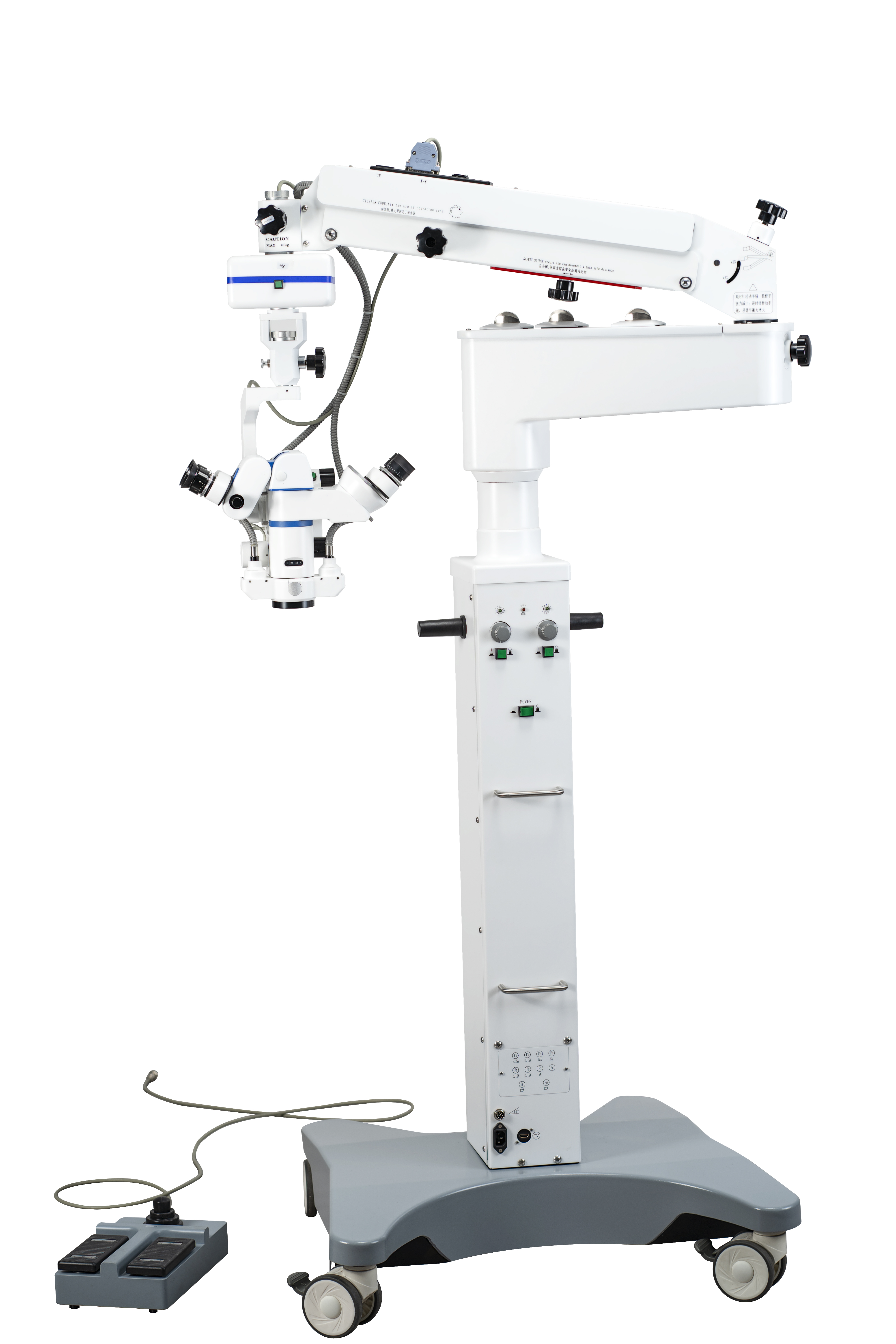The application of microscope in spinal surgery
Nowadays, the use of surgical microscopes is becoming increasingly common. In the field of replantation or transplantation surgery, doctors can use surgical medical microscopes to improve their visual abilities. The use of medical surgical microscopes is rapidly becoming popular for some excision surgeries, such as central nervous system tumors, cervical and lumbar disc diseases, as well as some ophthalmic surgeries.
Surgeons have long recognized the importance of good magnification and lighting devices in order to see more clearly. In the field of spinal surgery, many surgeons use surgical magnifying glasses and headlight illumination to improve visual effects. Compared to using a Operating microscope, using a surgical magnifying glass and headlight has many drawbacks. Fortunately, neurosurgical microscopes are widely used in the field of neurosurgery (neurosurgery), and they are willing to apply neurosurgical microscopes to spinal surgery. However, most doctors in the field of orthopedics are reluctant to give up magnifying glasses and switch to orthopedic surgical microscopes. Orthopedic and neurosurgeon doctors who have already used orthopedic microscopes and neurosurgical microscopes for spinal surgery do not understand this.
With orthopedic surgeons increasingly performing hand and peripheral nerve microsurgery, resident doctors now have early access to surgical microscopy techniques and are more receptive to using neurosurgical microscopes for spinal surgery. We should note that compared to microsurgery on the hands and other superficial tissues, spinal surgery always operates in a deep cavity. Therefore, the use of orthopedic operating microscopes can provide better illumination and enlarge the surgical field, making minimally invasive surgery possible.
The magnification and illumination device of a Operating microscope can provide many conveniences for surgery, and most importantly, it can make the surgical incision smaller. The rise of "keyhole" minimally invasive surgery has prompted surgeons to more accurately analyze the exact causes of nerve compression and more precisely determine the position of the compression object in the spinal canal. The development of keyhole surgery also urgently requires a new set of anatomical principles as a foundation.
Although Operating microscopes are more expensive than magnifying glasses, for spinal surgery, their benefits far outweigh their price disadvantage. After thousands of surgeries, we feel that when performing cervical or lumbar nerve decompression, the microscope not only makes the surgery faster, but also safer. Operating Microscope is a powerful tool for minimally invasive spinal surgery, which is increasingly becoming the standard for the treatment of degenerative spinal diseases.

Post time: Jan-09-2025







